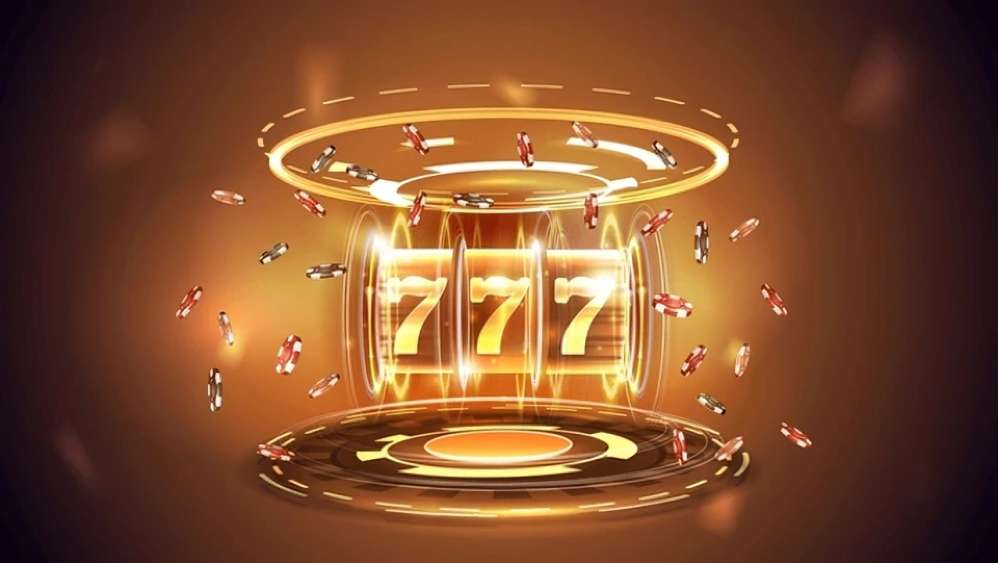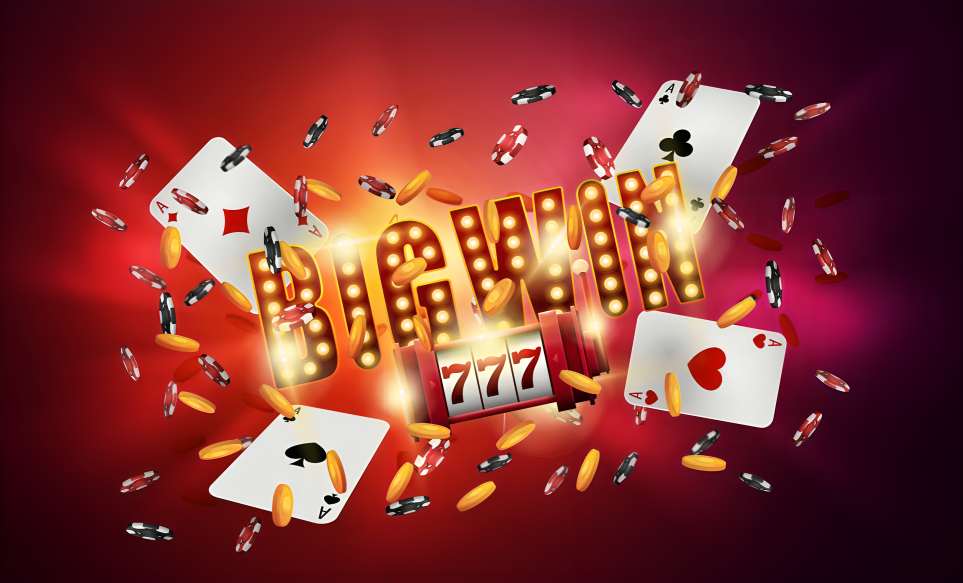
The term RTP might sound familiar to you. Short for “Return to Player,” RTP is a key concept to understand if you’re looking to boost your chances of winning and get the most out of your gambling experience.
In this guide, we’ll break down what RTP means, how it impacts your potential winnings, and why understanding it is essential when playing your favorite games at online or land-based casinos.
RTP Made Simple: Understanding Return to Player in Gambling

RTP, or Return to Player, is a term used in the gambling industry to describe the percentage of total money wagered on a casino game or slot machine that will be paid back to players over time. Think of it as a long-term measure of how much you can expect to win back when playing a specific game.
For example, if a slot machine has an RTP of 96%, it means that, on average, the machine will return $96 for every $100 wagered. However, this doesn’t guarantee you’ll win $96 every time. RTP is calculated over thousands of spins, so actual results can vary widely in the short term.
Key Points About RTP:
- Every casino game has a unique RTP percentage based on its rules and mechanics.
- High RTP doesn’t guarantee a win but indicates better long-term odds.
- RTP works hand in hand with other factors like volatility and jackpot size to influence your gaming experience.
House Edge vs. RTP
If RTP shows the player’s potential returns, the house edge represents the casino’s expected profit. The house edge is the inverse of RTP. For instance, a game with 96% RTP has a 4% house edge, meaning the casino earns $4 on every $100 wagered over time. Like RTP, the house edge reflects long-term averages, not individual spins.
RNGs and Fairness
Random Number Generators (RNGs) ensure the outcomes of online casino games are fair and random. This randomness works alongside RTP to create balanced gameplay. When you play a slot, the RTP percentage shows the potential returns, while the RNG ensures no bias in individual results.
RTP vs. Hit Frequency
Another important concept is hit frequency, which shows how often a game results in winning combinations. For example, if a slot has 3125 possible outcomes and 10 of them are wins, the hit frequency is 0.32%. A higher hit frequency means more frequent wins, but this alone doesn’t determine a slot’s overall appeal—factors like RTP, volatility, and house edge matter too.
Why High RTP Matters
A high RTP game gives players a better chance to win over time. While it doesn’t promise instant success, it can result in longer playing sessions and a more enjoyable experience. By choosing games with higher RTPs, players can better manage their bankroll and maximize their chances of winning.
Understanding RTP and related concepts helps players make informed choices, enhancing both fun and strategy during online gaming.
Difference Between RTP and Volatility

While both RTP (Return to Player) and volatility are essential aspects to consider when choosing a slot game, they serve distinct purposes. Understanding the difference can help you make informed decisions and select a game that matches your playing style.
RTP, expressed as a percentage, indicates the portion of total bets a slot game is programmed to return to players over time. However, RTP doesn’t reveal how frequently or how large the payouts will be—that’s where volatility steps in.
Volatility measures the risk or unpredictability of a slot game. High-volatility slots tend to deliver larger but less frequent payouts, making them ideal for risk-takers seeking big wins. Conversely, low-volatility slots offer smaller, more frequent payouts, appealing to players who prefer longer, steadier gaming sessions. Understanding both factors can help you manage your bankroll and optimize your experience.
6 Steps to Choose a Slot Based on RTP and Features
When selecting the perfect slot game, analyzing its RTP is just the starting point. Follow this step-by-step guide to refine your choices and maximize your gaming enjoyment:
- Prioritize Higher RTP
Look for games with higher RTP percentages, as they offer better returns over time. You can typically find this information in the paytable or rules of the slot game. - Select the Right Volatility
Choose a game based on your risk tolerance and bankroll. High-volatility games are suited for players seeking big jackpots, while low-volatility games are better for those looking for consistent, smaller payouts. - Review Payout Amounts
Examine the payout structure to understand how much you can win for various symbol combinations. This helps you gauge the game’s potential rewards. - Check for Bonus Rounds
Bonus rounds enhance gameplay and provide additional opportunities to win. Look for games with engaging bonus features like free spins or special mini-games. - Explore Extra Features
Additional features like wild symbols, scatter symbols, and multipliers can significantly boost your winning potential. Familiarize yourself with these mechanics to get the most out of the game. - Try the Demo Version
Before committing real money, play the demo version of a slot game to understand its mechanics, features, and overall appeal. This hands-on experience can help you decide if the game suits your preferences.
By combining a solid understanding of RTP and volatility with a careful evaluation of a game’s features, you can choose slots that align with your goals and enhance your overall gaming experience.
Maximize Your Winning Chances by Understanding RTP

Grasping the concept of RTP (Return to Player) is essential for anyone looking to improve their odds while playing slots and other online casino games. RTP represents the percentage of wagered money a game is designed to pay back to players over time.
But RTP isn’t the only factor that influences your success. Elements like game volatility, bonus features, payout rates, and special mechanics all play a significant role in determining your overall experience and potential winnings.
To enhance your gambling strategy, focus on games that strike a balance between high RTP and low volatility. Additionally, set a budget, play responsibly, and approach the game for entertainment rather than profit. By combining knowledge and strategy, you can enjoy the excitement of online gaming while optimizing your chances of winning.
FAQ
Is higher or lower RTP better?
Generally speaking, a higher RTP is better for players, as it means that the machine will pay back a larger percentage of all bets placed over time.
Do Online Slots Have Different RTPs Compared to Physical Slot Machines?
Yes, online slot games often feature higher RTPs (Return to Player) compared to physical slot machines. This difference arises because online platforms have lower operating costs, such as reduced expenses for staffing and facility maintenance, allowing them to offer better returns to players.
What is Considered a Good RTP for Slots?
A good RTP for slots is typically 96% or higher, which is regarded as the industry standard. Slots with RTPs above this mark are often considered more favorable for players.
How is RTP Calculated in a Game?
RTP is calculated as the percentage of total wagers a slot machine pays back to players over time. For instance, if a machine receives $500,000 in bets and pays out $450,000 in winnings, the formula to calculate RTP is:
450,000 ÷ 500,000 = 0.90, or 90%.
This means the machine has an RTP of 90%.
